ROSACEA PROCEDURE


Symptoms
Rosacea usually first appears as redness across the center of the face, including the nose, cheeks, and/or forehead. It may also appear on the chest, neck, scalp and ears, although this is less common. Rosacea symptoms tend to flare up for a few weeks or months and then gradually diminish until the next flare up. Rosacea is also easily confused with other skin conditions, such as a rash, allergic reaction, or acne. For these reasons, some people are not aware that they have rosacea and do not seek proper treatment.
In more advanced or severe forms of rosacea, the redness may become semi-permanent and tiny blood vessels and veins may appear in the effected areas. The skin may become thicker and have an uneven texture in the affected areas. Papules and pustules can also form and the nose may take on a lumpy shaped, which is referred to as rhinophyma. Rosacea can affect the eyes, causing red eyes and a gritty or stinging sensation. Some of these side effects will not dissipate when the flare up has passed and require medical treatment to resolve.
Causes and Risk Factors for Rosacea
Researchers have not been able to pinpoint the exact cause of rosacea, but believe it may be related to a combination of hereditary, lifestyle, and environmental factors. Although anyone can develop rosacea, certain people are more prone to the condition. Risk factors include:
Having a family history of rosacea
Gender
Having fair skin
Being between 30 and 60 years of age
Triggers
While an exact cause is not known, dermatologists and researchers have determined that certain triggers, especially those that cause flushing or blushing, play a part in the development of rosacea and can trigger flare ups. These triggers include:
Exposure to extreme hot or cold temperatures, including moving between hot and cold environments
Strenuous activity
Sun exposure
Stress and anxiety
Cold wind
Certain food and drinks, particularly alcohol, caffeine, spicy foods, and foods high in histamines (cured and fermented products such as aged cheese, red wine, and bacon)
Certain drugs, including corticosteroids and drugs that cause the blood vessels to dilate
Individuals who wish to manage their rosacea typically seek to identify which of these triggers worsen their condition and then actively avoid them where possible.
Diagnosing Rosacea
The first step in managing rosacea is to find a dermatologist who is experienced in treating the condition. As rosacea is a chronic condition, it is very important to find someone who you feel comfortable working with. Dr. Frank has been treating NYC patients with rosacea for nearly two decades and has developed a number of strategies to help them manage the condition. In addition, he offers advanced treatments for some of the more severe forms of rosacea.
To diagnose rosacea, Dr. Frank or a member of our staff will meet with you in our state-of-the-art New York facility. We will examine your skin, review your medical history, and ask about your lifestyle. Once we have confirmed the diagnosis, we will recommend the treatment options that will be most effective for you.
Treatment Options
While rosacea cannot be completely cured, Dr. Frank may be able to help you manage the condition so that you rarely experience flare ups. Treatment typically involves a combination of lifestyle changes, medications, and/or other therapies.
Our state-of-the-art rosacea treatment options include Laser Genesis, Cryotherapy, Vbeam Prima treatments, and Excel V+ laser treatments.
Medication
There are a number of topical and oral medications that can reduce the symptoms associated with an active flare up. Medications, however, often resolve the symptoms but do not provide long-term resolution. Patients may experience another flare up within a few weeks of ceasing medication. Medications used to treat rosacea include:
Oral and topical antibiotics
Acne medications, which may reduce acne-like bumps that are associated with some forms of rosacea.
Laser Genesis
Laser Genesis is a non-ablative vascular laser treatment for rosacea symptoms. It uses a wavelength of 1064 nm to treat broken blood vessels.
This process lessens the redness, swelling, sensitivity, irritation, and pain associated with rosacea. Laser Genesis is also safer than many other lasers when it comes to darker skin tones.
Cryotherapy
Cryotherapy, also known as a Cryo Facial, targets the skin of the face with liquid nitrogen vapor. The decrease in temperature temporarily constricts blood vessels. When the skin returns to its normal temperature, the blood vessels expand, improving blood flow and reducing swelling.
A Cryo Facial also boosts cell growth and collagen production to rejuvenate the skin, reduces dark undereye circles, and shrinks oversized pores. Typically, treatment sessions only take around 15 minutes to perform.
V-Beam Prima Laser Treatments
As rosacea progresses, blood vessels can become dilated or broken. In these cases, Dr. Frank may recommend V-Beam Prima laser treatment, which targets the red-pigmented veins and capillaries that are responsible for the redness. During treatment, Dr. Frank moves the laser over the targeted area to break up and reduce these broken vessels. The results of V-Beam Prima laser therapy are quick and last a long time; however, they will not prevent additional blood vessels from breaking, so future treatments may be required to treat newly broken vessels.
Excel V+ Laser
The Excel V+ Laser is a deep-reaching non-ablative laser treatment option for rosacea. It combines energy at two wavelengths: KTP at 532 nm and Nd:Yag at 1064 nm.
The combination of these two wavelengths increases treatment power, meaning that fewer treatment sessions will be needed to reduce the appearance of broken blood vessels and facial flushing. Sessions are short, lasting around 15 minutes, and no recovery time or downtime is required.
Lifestyle Changes
In addition to recommending medications or laser treatment, Dr. Frank will encourage you to identify the factors that worsen your rosacea and cause flare ups. In order to do this, you may need to keep a journal for several months so you can begin to identify patterns. Once you are aware of your triggers, you should make an effort to actively avoid these things, which will help with the long-term management of rosacea.
Schedule a Consultation
If you are concerned that you may have rosacea or are experiencing any ongoing skin condition, we encourage you to contact our New York City office today. Our team at PFRANKMD can determine whether or not you suffer from rosacea and then suggest treatment options to help you manage the condition.
To schedule your complimentary consultation, contact the PFRANKMD team today at (212) 327-2919.

